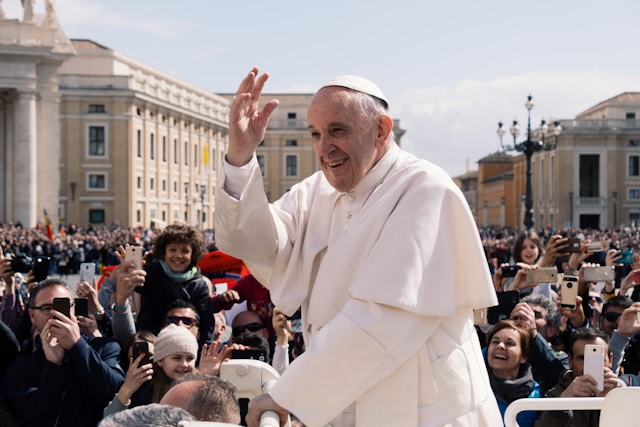News of Pope Francis’s passing reverberated globally, marking the end of a nearly 12-year papacy defined by its outreach to the marginalized and efforts toward healing. For many in Canada, particularly Indigenous communities and Catholics wrestling with a difficult history, his death prompts reflection on a tenure significantly shaped by engagement with the painful legacy of residential schools. His journey towards acknowledging the Church’s role, while complex and debated, remains a pivotal chapter in the ongoing pursuit of Indigenous reconciliation.
Jorge Mario Bergoglio, who became Pope Francis in 2013, stepped onto the world stage as a figure prioritizing humility and service. The first pope from Latin America and the first Jesuit, he signaled a shift from his predecessors, focusing less on doctrine and more on empathy, particularly for the poor and excluded. This approach eventually led him to confront one of the darkest chapters involving the Catholic Church in Canada: its central role in the operation of residential schools, institutions designed to assimilate Indigenous children, often resulting in devastating abuse and cultural loss.
The process gained significant momentum in the spring of 2022. Pope Francis hosted Indigenous delegations—First Nations, Métis, and Inuit—at the Vatican for several days of meetings. These encounters culminated in a historic moment when he expressed his “sorrow and shame” for the conduct of Church members involved in the residential school system. He explicitly apologized for the actions of those Catholics who contributed to policies of cultural destruction and forced assimilation, acknowledging the abuses inflicted upon Indigenous children.
This apology set the stage for his visit to Canada in July 2022. Framed as a “penitential pilgrimage,” the trip was intended to bring his message of sorrow directly to Indigenous lands and peoples. During this visit, Francis reiterated his apology, acknowledging the systemic nature of the harm and later describing the residential school system’s impact as a form of “cultural genocide.” These actions were deeply emotional milestones for many survivors and their families, representing a long-sought acknowledgment from the highest level of the Catholic Church.
However, the path Pope Francis charted was not without criticism. Some Indigenous leaders and survivors felt the apologies, while significant, did not go far enough. A key point of contention was the lack of an explicit apology from the Catholic Church as an institution, rather than focusing primarily on the actions of individual members. This distinction mattered deeply to those seeking accountability from the organization itself for its systemic role.
The news of his death brought these complex emotions to the surface for many Canadians. Across the country, including among Catholics in Barrie, Ontario, reflections began on the legacy of a Pope who directly confronted the Church’s history with Indigenous peoples. His efforts, particularly the Vatican visit and the residential schools apology, marked a significant, if debated, step on the long road toward Indigenous reconciliation in Canada. His papacy opened doors and initiated dialogues, leaving behind a foundation—and outstanding questions—for his successor and the Canadian Catholic community to navigate as the work of healing continues.
References:
Pope Francis dead at 88 after nearly 12 years as Catholic Church head

